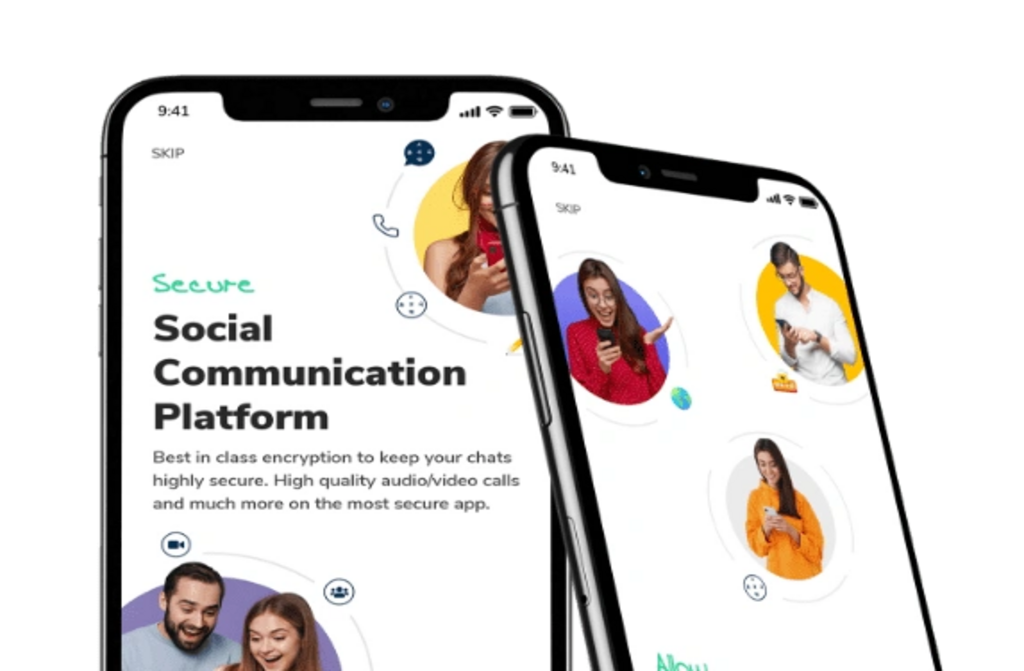Telemedicine is an essential part of healthcare delivery today. By 2025, shifting healthcare norms, data privacy regulations, and increasing patient expectations will render selecting the best video calling tool for online consultations a necessity and not an option. To provide care remotely, healthcare providers need secure, reliable, and easy-to-use systems. Patients expect equally smooth and confidential interactions with physicians.
In the digital-first health world of today, secure video calling in healthcare has become essential, and this piece will take you through what to expect from a platform.
Why Video Conferencing is Vital in Modern Telemedicine
The role of video conferencing in modern telemedicine is a revolutionary feature. It enables the following:
- Reduced physical crowding in clinics and hospitals
- Physicians are able to consult patients from the comfort of their own homes.
- Continuous monitoring and inquiry
- Efficient triaging of patients in rural or underserved areas
Virtual healthcare communication solutions have the potential to enhance healthcare accessibility and efficiency by allowing experts to diagnose, confirm, and advise patients via secure, high-quality connections.
Key Features to Look For in a Telemedicine Video Platform
When choosing the best video conferencing solution for healthcare, hospital managers and healthcare professionals ought to take into consideration the following:
1. Start to finish Compliance and Encryption
Secure encryption is the beginning of secure video conferencing for healthcare. Look for platforms that offer:
- HIPAA or national healthcare compliance
- End-to-end encryption
- ISO 27001 or similar data security certifications
This ensures that your platform meets regulatory standards and is acceptable as a secure, encrypted video call for hospitals.
2. Optimization for Low Bandwidth
Most patients are located in areas where internet connectivity is poor. To ensure no patient gets left behind due to technical limitations, the best video calling tool for online consultations must offer high-quality calls over limited bandwidth.
3. Usability
Complicated sign-up or log-in procedures should not be demanded of patients or physicians. Simple, no-download video conferencing software for doctors is ideal for elderly patients or those not familiar with computers.
4. Integration with Scheduling and Medical Records
To provide a seamless experience, the platform must integrate with:
- EHR/EMR systems
- Appointment scheduling software and electronic prescription services
The program has thus evolved from a basic meeting software to a comprehensive online medical consultation software.
5. Assistive and Multilingual Support
India and other regions worldwide have diverse language requirements. The video conferencing software for doctors should include:
- Multilingual interfaces
- Real-time captions or subtitles
- Visual alerts for the hard of hearing
6. Clinic and Hospital Scalability
Whether you are an individual practitioner or a multispecialty facility, the solution needs to be scalable. Modular, cloud-based solutions offer flexible and cost-effective growth.
Top Strategies for Secure Video Calling in the Healthcare Industry
Follow these best practices when using any platform to ensure secure video calls in health care settings:
- Conduct regular security checks.
- Use password-protected meeting rooms
- Educate employees about digital hygiene
- Disable recording if not required by legislation.
Patient data protection is a responsibility, not just a requirement by law.
Key Benefits of Choosing the Right Platform
Choosing the best platforms for online doctor consultations has various benefits:
- Greater patient satisfaction and confidence
- Reduced no-shows due to easy follow-ups
- Reduced physical infrastructure costs
- Enhanced access for outlying patients
It also streamlines physician workflows so that they can focus on patient care instead of technical issues.
Why Daakia is a Strong Competitor
Daakia is an ISO-certified Made-in-India platform that was designed especially for safe communication. Its health version includes all the functionalities that modern providers need:
- Encrypted video calls compliant with ISO 27001 are used by hospitals
- Rural and urban low-bandwidth usage is optimized, and assistive features and multilingual support are added.
- Seamless interaction with appointment and record systems
- Simple patient interface that does not need a login
The best video conferencing for healthcare in 2025, Daakia will be the best choice for providers seeking an exclusive, tailor-made solution.
Conclusion
Telemedicine is the future, and it is not a fad. Additionally, virtual healthcare communications solutions must be easy to use, secure, and reliable in the future. Ensure that the platform you select is an actual secure video conferencing solution for the healthcare system, whether upgrading from a basic tool or selecting your first platform.
Choose a tool that will cooperate with you as well as be useful. Since trust passes through the screen when treatment is being conducted remotely.





